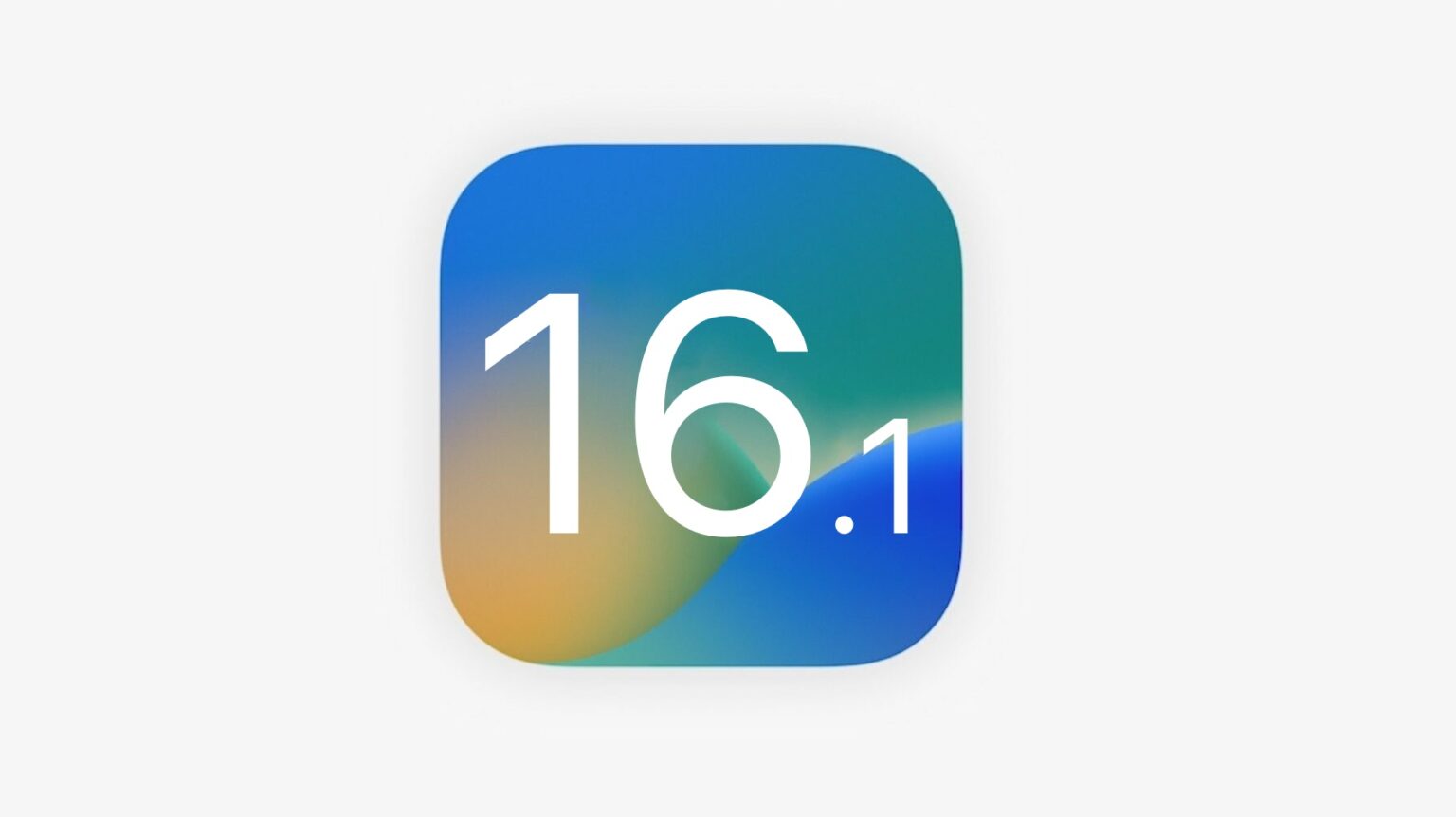Apple seeded iOS 16.1 to developers on Wednesday and could give the general public access on Thursday. But you should think twice about installing it if you intend to get an iPhone 14 as soon as it’s released.
It’s likely the new handset will launch running an earlier version of iOS, which might cause you difficulties.
More iOS versions means more problems
iOS 16 came out on Monday, and when the iPhone 14 and iPhone 14 Pro models debut on Friday they will run that version.
The 16.1 beta is already out, and that’s a potential problem. If your current handset runs the iOS 16.1 beta but your shiny new iPhone 14 runs iOS 16, you won‘t be able to set up the handset by installing your latest backup to your new device. You can’t put a backup made with a newer version of iOS onto a handset running an older version.
So you might want to keep your current handset away from the iOS 16.1 beta if you have your eye on an iPhone 14. Or at least be aware of what you’ll need to do if you install it.
Options for those already running iOS 16.1
Getting a new iPhone running iOS 16 when your latest backup is made with iOS 16.1 is hardly a disaster. You have multiple options.
The most obvious is to install the iOS 16.1 beta on the iPhone 14 as soon as you get it. If you wanted to test the new features on your older handset, there’s a good chance you still want to on the new one.
When you get the new handset, set it up without trying to install the backup. Then go through the process of enrolling it in Apple’s beta program. Once you have the beta profile on the iPhone 14, you can install iOS 16.1, then do a hard reset of the device by going to Settings > General > Transfer or Reset iPad > Erase all Content and Settings. Once finished with that, set the iPhone up with the backup you made on your old handset running iOS 16.1.
The other option is to set up the new handset as a new device, without using the backup. This option is more work, but Apple makes it as easy as possible. For more info, read our guide on what to do when your iOS backup is newer than your iPhone’s OS.
Of course, if you wait to buy the iPhone 14 until iOS 16.1 or something later is available to everyone, you won’t have to worry about this.
Update: This article was originally published September 29, 2020, before the release of the iPhone 12. It’s been updated with a new version of iOS and a fresh iPhone, but is just as applicable as it was then.


